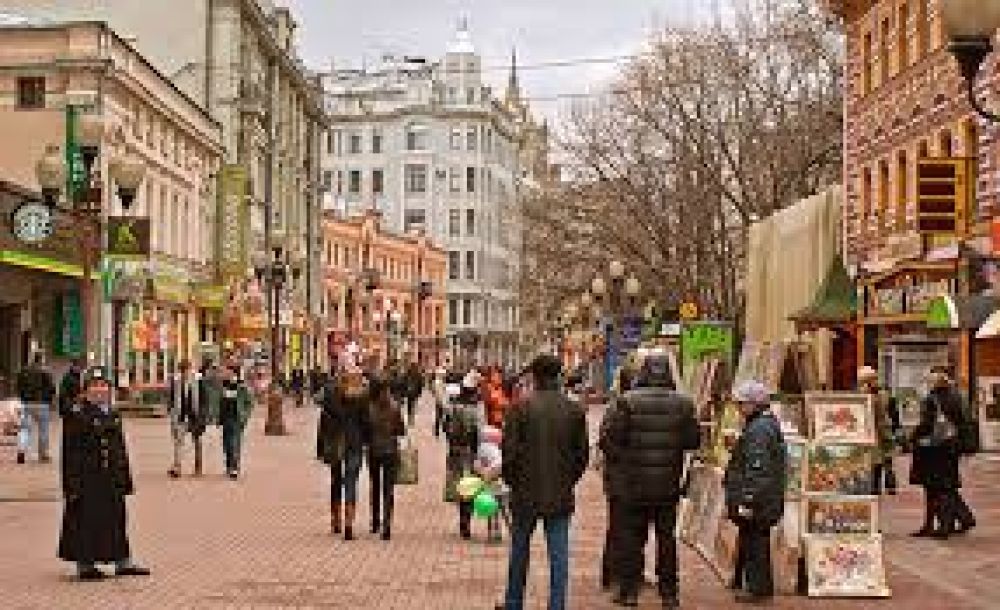

Arbat Street, a bustling pedestrian thoroughfare in Moscow, holds a significant place in the tourism history of Russia. Known for its vibrant arts scene, antique stores, and distinctive architecture, Arbat Street's origins trace back to the 15th century, making it one of the oldest surviving streets in the capital. Originally, it was part of an important trade route and was home to many craftsmen and merchants.
During the 18th and 19th centuries, Arbat became a sought-after residential area among Moscow's nobility and artistic community. Renowned poets like Alexander Pushkin and Andrey Bely were captivated by its charm and had residences there. The street's cultural significance only grew as theaters, literary salons, and later, iconic Soviet-era buildings emerged.
The historic street faced devastation during Napoleon's invasion of 1812 when a great fire swept through Moscow. However, the area was beautifully rebuilt and continued to thrive as a cultural center. The 20th century brought tram lines and businesses to Arbat, further cementing its status as a lively urban space.
In the 1980s, Arbat was transformed into a pedestrian zone, attracting street artists, musicians, and performers, and thus began its new life as a must-visit destination for tourists. Its unique ambience and connection to Russia's artistic heritage have made it an integral part of Moscow's tourism landscape.
Nowadays, Arbat Street is a compelling mix of past and present. Visitors flock to this historical street to experience its bohemian atmosphere, browse through souvenir shops, dine at traditional Russian restaurants, and take in the many historical buildings that line the pavement.
A recent addition to its attraction is the modernized and interactive Arbat Street; cafes and restaurants offer free Wi-Fi, and many of the street’s historical homes have been turned into museums. The Pushkin House Museum and the Arbat's famous Wall of Peace are especially popular.
Tourism has had a profound impact on Arbat Street. The influx of tourists has driven the development of local businesses catering to international visitors. From souvenir vendors to local artisans showcasing traditional Russian crafts, the street has adapted to meet the demands of tourism while preserving its historical essence.
Eco-friendly tours and walking history tours are part of the latest trends embraced by local tour operators, offering a deeper understanding of Arbat's historical significance and cultural contributions while maintaining a commitment to sustainability.